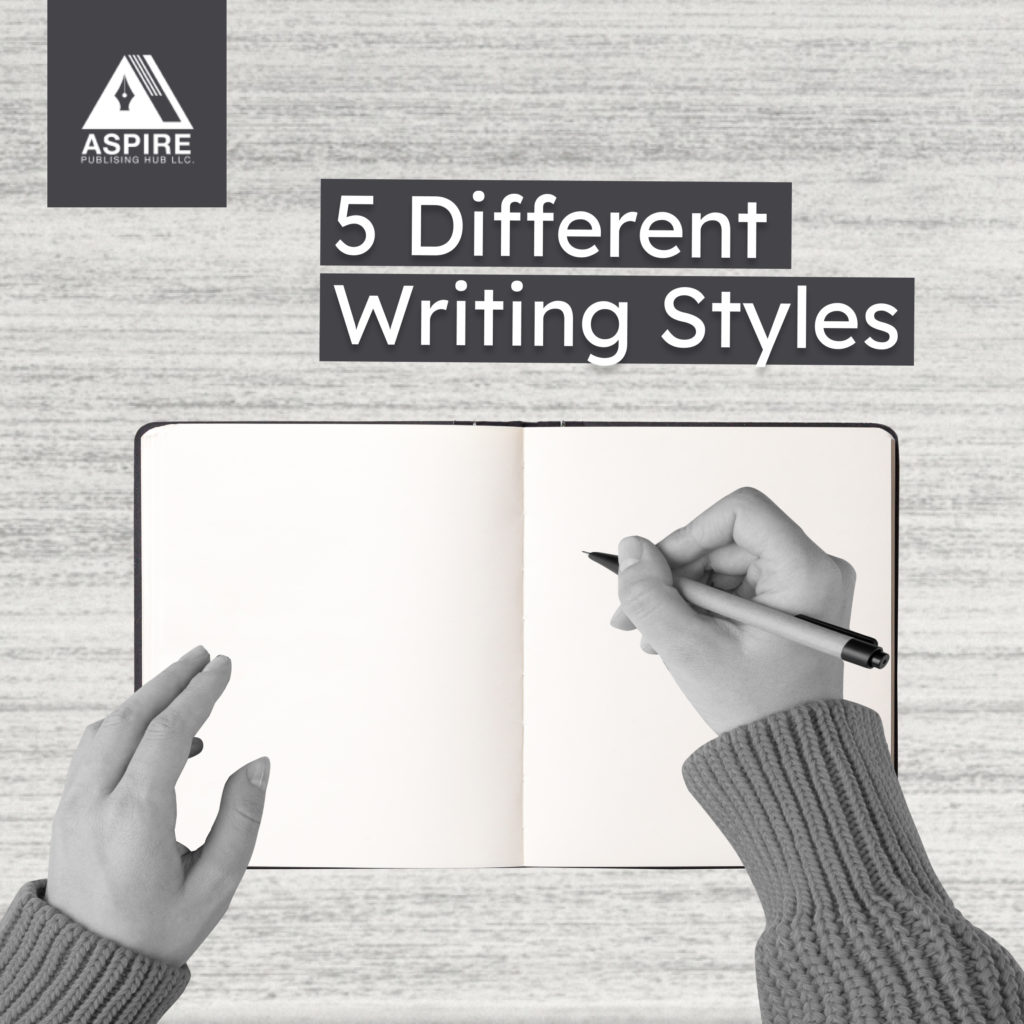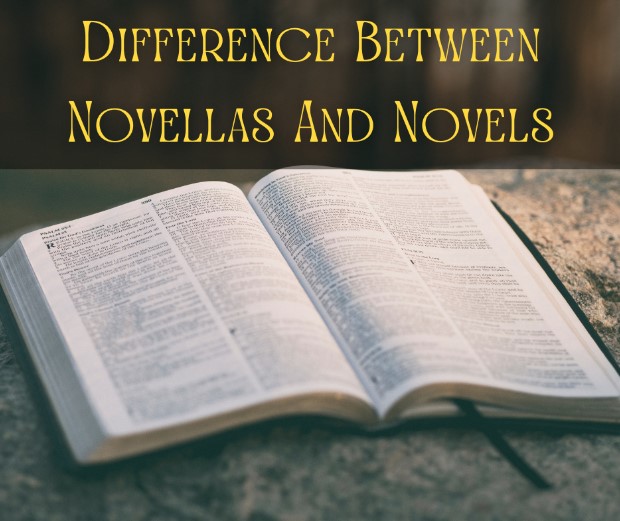Brush up on your writing skills with this comprehensive guide that examines five different writing styles and their unique characteristics.
There are many kinds of writing, from creative to technical and everything in between. Whether you’re writing a paper for school or an article for publication, knowing the different writing styles can help you find the right content and tone for your project. This guide looks at five common writing styles and what makes them different.
Expository Writing: Exploring a Topic with Clarity and Concision
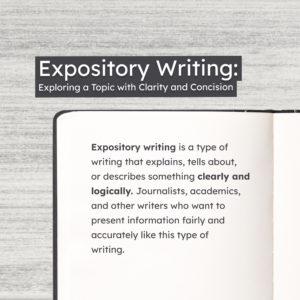
Expository writing is a type of writing that explains, tells about, or describes something clearly and logically. Journalists, academics, and other writers who want to present information fairly and accurately like this type of writing. It is usually based on facts instead of opinions and can be anything from short pieces written for a specific purpose (like web content) to longer pieces like books. Expository writing is all about being clear and to the point, so finding the right words and phrases to get your point across is essential.
Narrative Writing: Telling Stories Through Engaging Descriptions
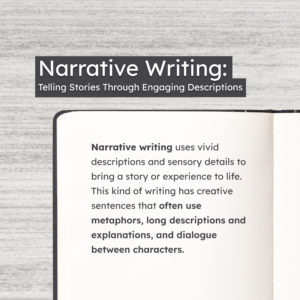
Narrative writing uses vivid descriptions and sensory details to bring a story or experience to life. This kind of writing has creative sentences that often use metaphors, long descriptions and explanations, and dialogue between characters. All of these things are meant to pull the reader into the action. When done right, narrative writing can be a powerful way to make readers feel something by showing them what’s happening instead of just telling them.
Descriptive Writing: Using Specific Details to Paint a Picture in Words
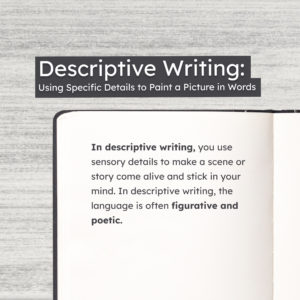
In descriptive writing, you use sensory details to make a scene or story come alive and stick in your mind. In descriptive writing, the language is often figurative and poetic. This means that words and phrases may create images instead of just telling what is happening. Language tools like similes, metaphors, personification, imagery, and analogies are often used in descriptive writing to help the reader understand what is being described.
Persuasive Writing: Convincing Others of Your Opinion
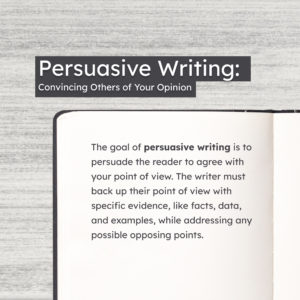
The goal of persuasive writing is to persuade the reader to agree with your point of view. For this kind of writing, you need to be able to argue and see both sides of an issue. The writer must back up their point of view with specific evidence, like facts, data, and examples, while addressing any possible opposing points. Also, writers who want to persuade should make strong connections with their readers by making them feel something and using logic when they can.
Creative Writing: Crafting Texts with Imagination and Invention
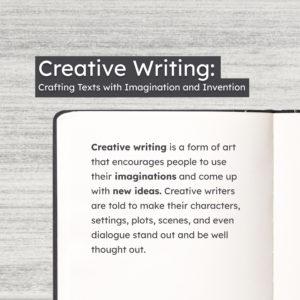
Creative writing is a form of art that encourages people to use their imaginations and come up with new ideas. Creative writers are told to make their characters, settings, plots, scenes, and even dialogue stand out and be well thought out. Through vivid words and gripping stories, this writing should make people feel strong emotions, like happiness, anger, or sadness. Creative writing has no complicated rules or limits when it comes to making up stories. This gives the writer a lot more freedom.
Many authors adopt different approaches to expressing their ideas in their writing, which are called writing styles. There are many distinct approaches to writing, such as creative writing, descriptive writing, narrative writing, persuasive writing, and expository writing. Each fashion has its own set of distinguishing qualities and a specific goal to fulfill. The readership you wish to attract and the plans you hope to accomplish with your writing both play a role in helping you select the appropriate writing style.

